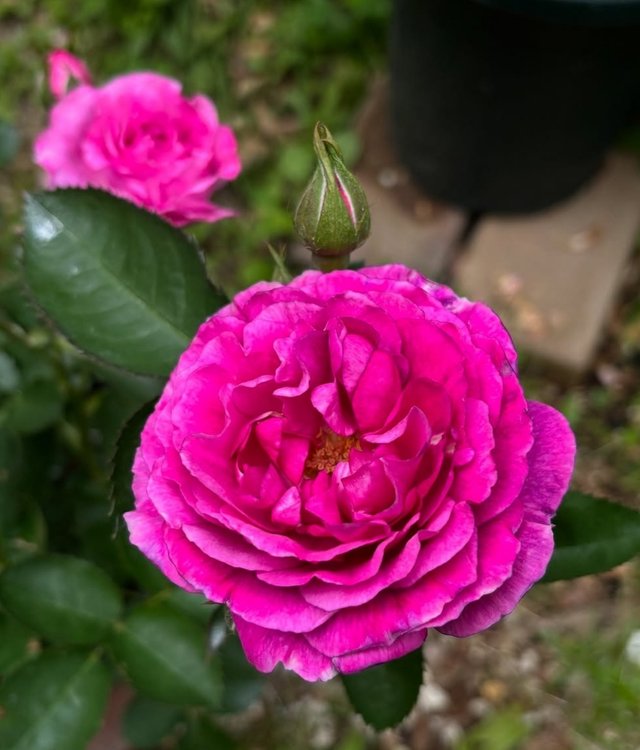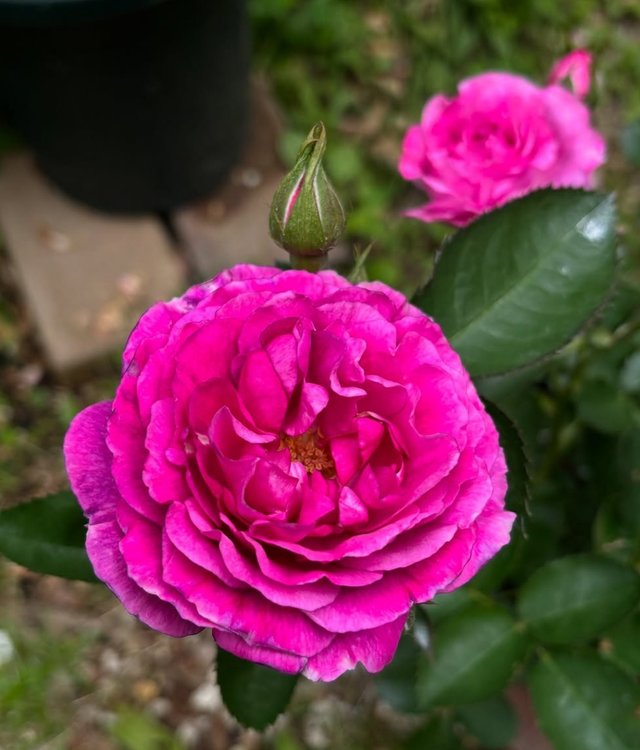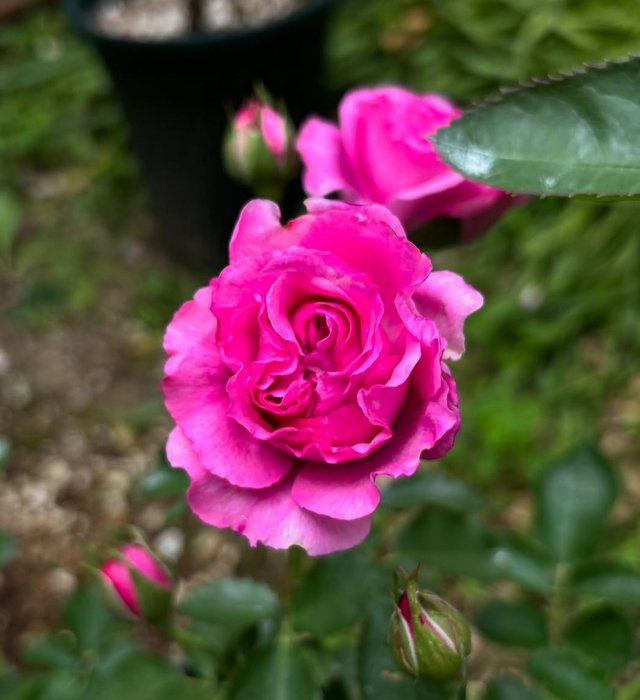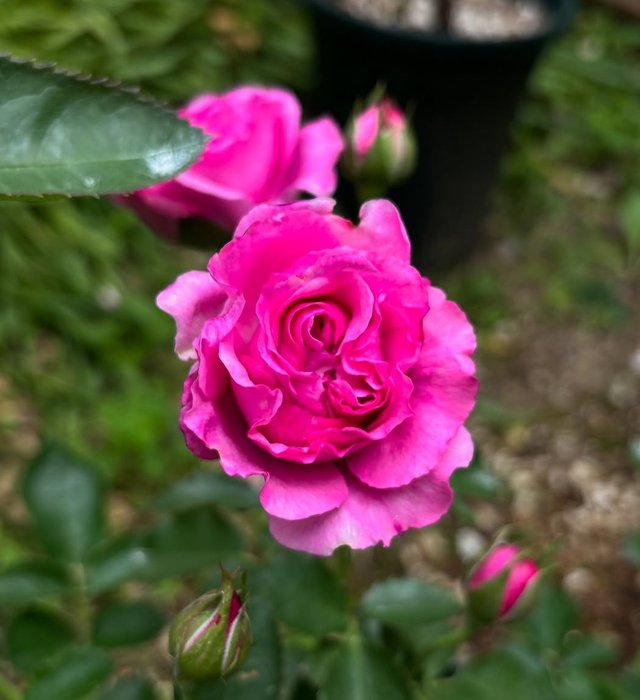So Beautiful Damask Rose Flower
The Damask Rose: An Ancient Blossom with a Timeless Allure
Among the world’s most cherished flowers, the Damask rose stands as a symbol of beauty, fragrance, and heritage. Known scientifically as Rosa × damascena, this remarkable rose variety has been cultivated for centuries for its unparalleled scent, therapeutic benefits, and cultural significance. Often referred to as the "queen of roses," the Damask rose continues to enchant gardeners, perfumers, and herbalists alike.
Origins and History
The Damask rose has a rich and mysterious history, with roots tracing back to the Middle East. It is believed to be a hybrid of Rosa gallica, Rosa moschata, and Rosa fedtschenkoana. The name "Damask" is derived from Damascus, Syria, where the rose is thought to have been cultivated extensively during ancient times. Some legends credit the Crusaders with bringing the rose from the Middle East to Europe in the 13th century, while others suggest it was introduced through trade routes.
Its prominence in ancient Persian gardens is well documented, and Persian poets like Hafez often referenced the rose as a metaphor for beauty and the ephemeral nature of life. From the Islamic Golden Age to the European Renaissance, the Damask rose has held a vital place in botany, medicine, and art.
Botanical Characteristics
The Damask rose is a deciduous shrub that typically grows between 4 to 6 feet tall. It blooms in early summer, producing clusters of large, pink to light red flowers that are densely petaled and exquisitely fragrant. There are two main types:
Summer Damask: Blooms once per year, usually in June.
Autumn Damask: A rarer variant that can bloom more than once a season.
Its velvety petals and subtle coloring are visually captivating, but it is the intense, sweet fragrance that truly sets this rose apart.




%20(9).jpeg)